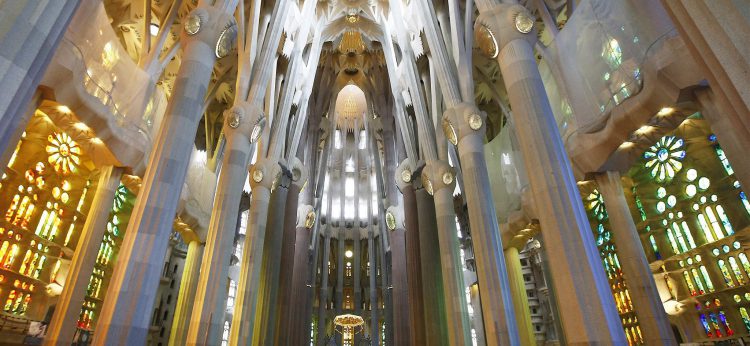The fresh F1 power plants – you can't call them engines anymore
February 5th, 2015
No longer are the most technologically advanced racing cars on the planet powered by a ordinary reciprocating, internal combustion engine (Photo: Natursports / Shutterstock.com)
Formula one racing is the most technologically driven sport in the world, and last season provided rigid evidence of that fact. A sea switch swept through the sport in 2014, rendering what once was known as an engine into an insanely high-tech contraption called a "power unit." In prep for the coming season, here’s a quick primer on what motivates the fastest road course cars in the world.
Make no mistake, back in two thousand thirteen the engines in Formula one cars were exceedingly high tech. Components that are made of ordinary metal or alloys for civilian cars were made out of materials imbedded with ceramics or cast using processes taken from aerospace manufacturing. The engines and drivetrains were festooned with computers controlling various systems by the millisecond; computer managed electronic differential torque splits, throttle position over-mapping to artificially deepthroat diffusers, fuel richness maps tweaked moment to moment to squeeze the last gram of spectacle out of what was in the tank.
If you take a close look at what the Formula one engines of two thousand fifteen are supposed to do however, the V8 engines of two thousand thirteen look about as high tech as something out of Gottlieb Daimler ‘s workshop.
No longer are the most technologically advanced racing cars on the planet powered by a ordinary reciprocating, internal combustion engine (ICE). In addition to the ICE (internal combustion engine) portion of the power unit, there are not one, but two separate and interconnected hybrid systems and three extra power producing components.
The power unit cracks down into these components:
- The internal combustion engine (ICE);
- The turbocharger (TC);
- The Motor Generator Unit-Kinetic (MGU-K), which harvests wasted energy normally lost under braking;
- The Motor Generator Unit-Heat (MGU-H), which collects energy in the form of fever as it was expelled through the harass system;
- The Energy Store (ES), which is effectively a bank of batteries that hold the all of the energy gathered by the Motor Generator Units (that would be the ICE, the TC, the MGU-K and the MGU-H);
- Lastly, but somehow most importantly, there is the Control Electronics (CE), which includes the Electronic Control Unit (ECU) and its software that is used to manage the entire power unit.
Earnestly, the last time I witnessed something this sophisticated launched, it was fired out of a silo at Vandenberg Air Force Base.
So why are the CE and the ECU the most significant here? In brief, they function like the conductor at an orchestra. It is through the CE/ECU that various and often times conflicting powers must be dealt with.
Consider this screenplay:
You’re coming into a tight-ish, right forearm corner. You stand on the brakes, down shift, down shift, down shift, blip the throttle a little to adjust the car’s cornering attitude, down shift, down shift, ease back onto the gas, realize things are looking good now, attitude-wise, and stand on it hard, accelerating down the straight as swift as you can to the next corner.
In a normal car, that’s all pretty mechanically direct and effortless to accomplish. But in a modern Formula one car, the CE/ECU is coping with a flood of data. It needs to monitor how much warmth energy is coming off the Turbocharger (TC) as it spools down, determine when and how much of that energy to valve off into the Energy Store (ES), how to combine that with the recovered energy using the Motor Generator Unit-Kinetic (MGU-K), how to turn the flow around from the ES and get it back into the driving wheels when the throttle is blipped.
When the driver does blip the throttle, the equation gets even messier. What sort of energy does the CE/ECU apply to the rear wheels? Does it need to come from the ICE? From the MGU-K? From the MGU-H? From all three? In what percentages? Should those percentages be varied over time to help with torque delivery and optimize acceleration?
Now the driver’s back on the brakes again. How should the energy build up be treated? Should some be shunted back into the ES? Is the ES beginning to get overcharged and nearing the thermal boundaries of what it can take before it catches fire?
That little screenplay takes place over the course of a blink of an eye. And it’s like that, moment-to-moment, down straights, up hills into corners out of corners, during scare braking and avoidance maneuvers, all race long for up to a two-hour spread.
From the standpoint of a hardware geek, it’s all pretty fascinating stuff. And now, with the begin of the 2nd season running the fresh power units just weeks away, all the existing teams have enough practice to embark squeezing even more grunt and efficiency.
We can’t wait to see what this season brings.
